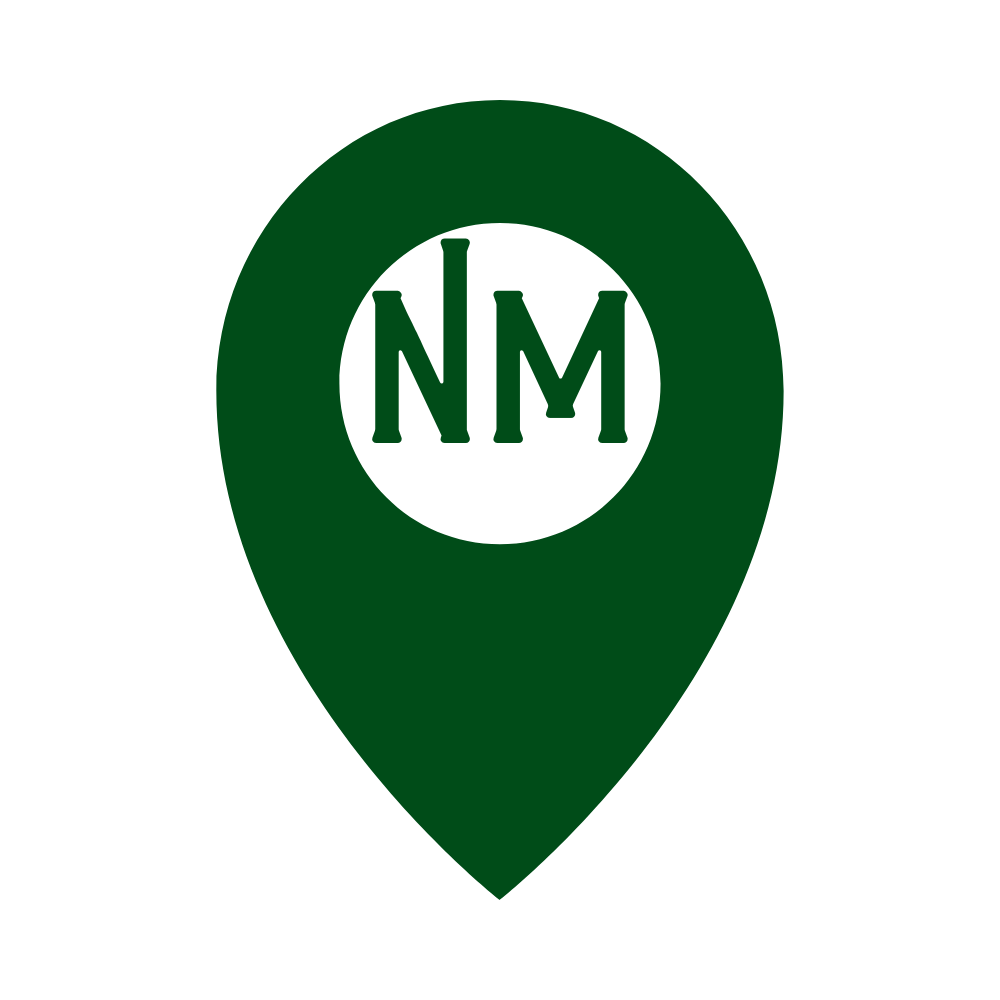FAQs
What is The Nurture Map?
The Nurture Map is a holistic model of well-being utilised by certified practitioners to help you find the most authentic version of yourself, focusing on your strengths, passions and desire for your life.
What can The Nurture Map help me with?
The Nurture Map can help in all areas of life and making long-lasting shifts by helping you:
*Becoming more centred in yourself
*More Self confident
*More empowered
*Clear on your life and goals
*Self compassionate
*And more…
It can support in
*Work
*Relationships
*Dealing with stress
*Lifting low mood
*Getting clarity
Is The Nurture Map the same as counselling?
No. The Nurture Map is not a branch of psychotherapy, it is a model of well-being and although it is sometimes used in talk therapy sessions it can also be found in a wide variety of settings alongside multiple modalities including but not limited to wellbeing coaching, holistic therapies, business mentoring, art therapy, hypnotherapy.
If you have had counselling previously and did not find it effective, rest assured Nurture Map sessions focus mainly on your strengths and resources and are a different experience entirely.
What happens during a Nurture Map session?
Each Nurture Map Practitioner will run their session differently, so it's best to check out their individual pages to find out more. Generally, however, you will talk with the practitioner about what it is you'd like to focus on along with your interests, knowledge, beliefs and vision for your life. You will then work together to find and build your core strengths that you can take with you each and every day. Being aware of and utilising these core strengths, you become more self-confident, resourceful, resilient and gain a clarity of mind no matter the external circumstances.
How long is a Nurture Map session/how many will I need?
Each Practitioner will run their sessions a little differently, so it's best to check out their individual pages to find out more. Generally Nurture Map sessions last 1-2 hours, but some can last for a full morning or afternoon depending on the agreement you have with the practitioner you are working with. Most people are surprised how effective the Nurture Map is, and many people only require a small number of sessions.
As the Nurture Map is solutions focused, we advise a maximum of 6 consecutive sessions, so you have time to really implement what you take from the sessions in to your everyday life and see the impact for yourself.
How much is a Nurture map session?
Each Practitioner will have their own pricing based on all the services they offer, you can find further information on their individual pages
Are sessions confidential?
Yes, everything you work on in your session will be between you and the practitioner you are working with. Nothing will get shared or passed on. (unless in extreme circumstances that will be discussed with you at the beginning of your session) If a practitioner feels you may be in need of support they can not offer you will be sign posted to any relevant services.
How can I pick/contact a practitioner?
You can find the practitioner details on the meet the team part of this website.
Are sessions online or in person?
Each Practitioner will have their own way of running a session, to find out more about what each have to offer please see their individual pages.
Do your practitioners offer evening and weekend sessions?
Each practitioner will set their own work schedule, but it is likely they will be very accommodating to find out more, head over to their individual pages via the meet the team page.
Do you work with business or organisations?
Yes, many of our practitioners are happy to work with businesses or organisations simply contact the relevant practitioner to find out more.
What is the science behind The Nurture Map?
The Nurture Map was developed by Christopher Bowness during the 2010’s after he began to critique the work of Abraham Maslow’s Hierarchy of Needs (1943). Whilst Maslow’s pyramid suggested that humans require their external needs to be met before they can even begin to focus on their self-fulfilment (self actualization) Bowness (2005) noticed that many people who seemingly have these needs met still fail to achieve self actualization (Geller 1982) and the prioritisation of these external needs over the self, actually leads to more mental strife in the long run. Whilst basic needs are important, of course they are not a prerequisite for a person to experience self-fulfilment or mental wellbeing. Bowness (2005) Surmised that by creating a tool that allows people to focus on their innate strengths, without attachment to the external to begin with, they would lay a strong foundation of mental resilience thus creating a psychological “core strength” that would enable a person to feel confident, resourceful, able to access self actualization and therefore find clarity of how to effectively have their external needs met. This has since been proven by multiple studies. (Gallup 2015, Gallup 2017, Proyer et al. 2013, Parker et al. 2004, Gander et al 2013)
The Nurture Map also draws on the science of memory particularly, mind maps (Buzan 1974) and learning styles (Kolb 1984, Honey & Mumford 1986) Bowness began to develop a model that would encourage long term memory retention of the inner strengths transferring them from explicit memory to implicit memory (Squire,2004) supporting people to shift their subconscious programming so that living in their strengths became a habitual daily practise with minimal conscious effort needed. In 2016 Bowness created the first iteration of The Nurture Map for public use.
